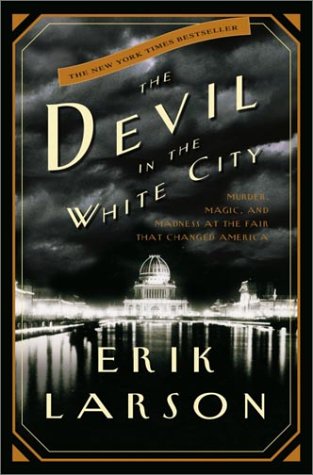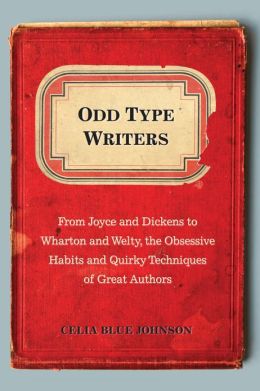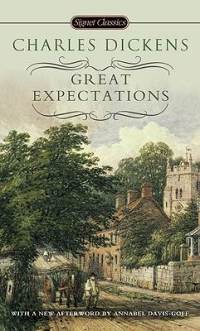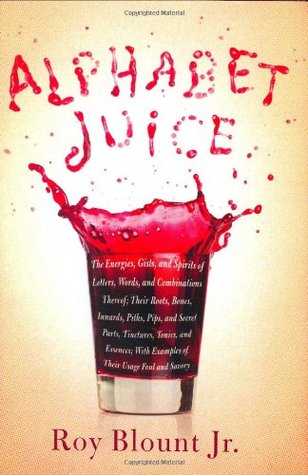 The New York Times best-seller was similarly nestled in the best-seller section of Powell's when I picked it up during our recent trip to Portland, to incredibly loud results, courtesy of my very vocal mother. I knew I was bound to enjoy it.
The New York Times best-seller was similarly nestled in the best-seller section of Powell's when I picked it up during our recent trip to Portland, to incredibly loud results, courtesy of my very vocal mother. I knew I was bound to enjoy it. Devil in the White City: Murder, Magic and Madness at the Fair that Changed America, by Erik Larson, is a nonfiction account on the confluence of personalities, passions, and ideals that resulted in the Chicago World's Fair of 1893, also known as the Columbian Exposition. Interweaving firsthand documentation with a flair for description, the book expertly brings together various historical touchstones you'd know from American textbooks to reconstruct the Fair that went down in flames, rising again as the glittering White City.
So, I'm not joking when I say my mother definitely warned me against reading this book; in fact, she sharply reprimanded me after even glancing at the back cover, and archly called into question my level of maturity in reading such a provoking kind of non-fiction. Angling to exercise my inherent right as a 20-year-old to read whatever I damn please, thankyouverymuch, paired with my distinctly toddler-like predilection to reach towards whatever is deemed as being unsuitable for playtime, you would think I would have bought it immediately. The true history is much more entertaining: she did.
(I think she felt bad about yelling at me in front of my friends... and the rest of the shopping population of Powell's. She's a loud woman... her voice carries.)
Thus, I went into this book with the full expectation of enjoying it, and, if not that, at the very least, finishing it. I ended up being incredibly interested in the book as a whole... it carries the double danger of being incredibly engagingly written, as well as being written about topics that are themselves inherently engaging. The books' true expertise, construction-wise, was especially displayed in the overarching histories it presented, but to be honest, I often found myself glossing over the majority of the architecture- or society-focused aspects of the story, in favor of flying to the chapters written about Holmes, who was arguably the more compelling personality.
The interlocking web of famous faces crowding the grounds of the Columbia Exposition rendered the revelation of each new name as a jewel glinting in the dust of time; from Helen Keller meeting the man who first designed a Braille typewriter, to Mark Twain being holed up in his hotel room and unable to attend, to even Little Egypt, the first scantily-clad woman to ever pop out of a bachelor's cake (or so we're assuming), many and more met along the Court of Honors in the White City of the Chicago World's Fair, and seeing their familiar names connected to many more forms a 19th century version of Six Degrees of the Columbia Exposition, and it's awesome.
The integration of documented fact within the grounds of a fiction-worthy tale was a stroke of genius, as well, as the author seamlessly matched the wordage used within the citations from actual documented material, as a model for the author's own verbose style of eloquence. A little word-y at times, yes, but it went a long way of preserving the style and presenting a complete culture for that time period through the diction they popularly used.
Final Verdict: Intriguing and comprehensive, Devil in the White City provides a better tableau of national culture than any history lecture could provide. Rife with too much Jeopardy!-worthy trivia to focus on all at once, truth is once again is revealed to be stranger than fiction, as the Exposition that enraptured the nation is carefully constructed once again, just as ready to amuse and amaze.























